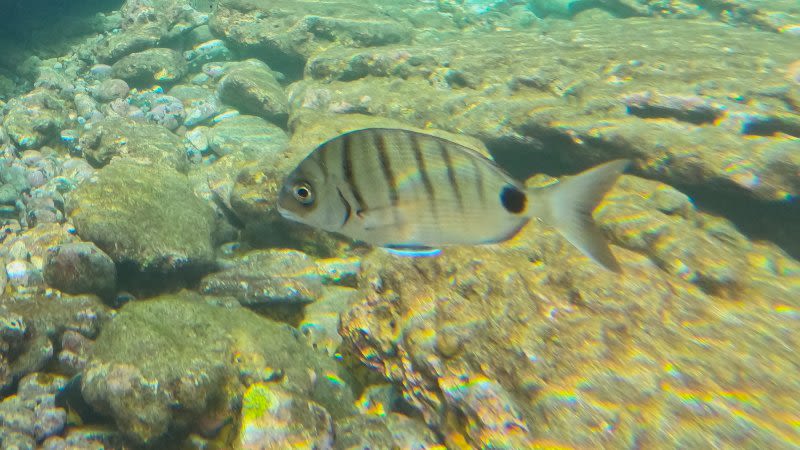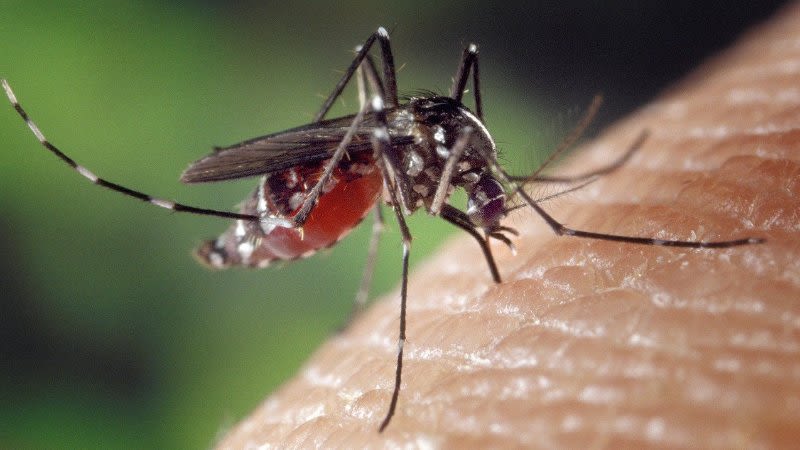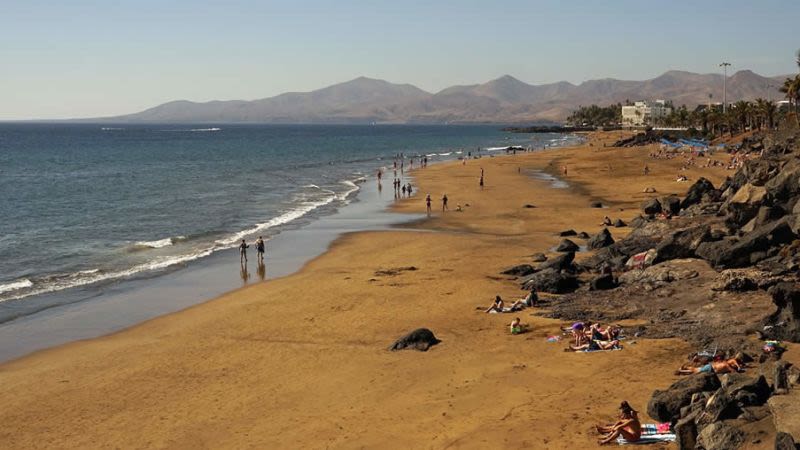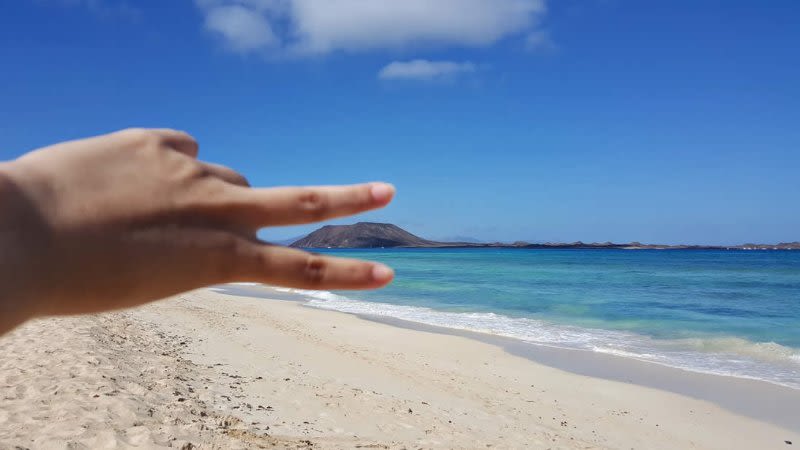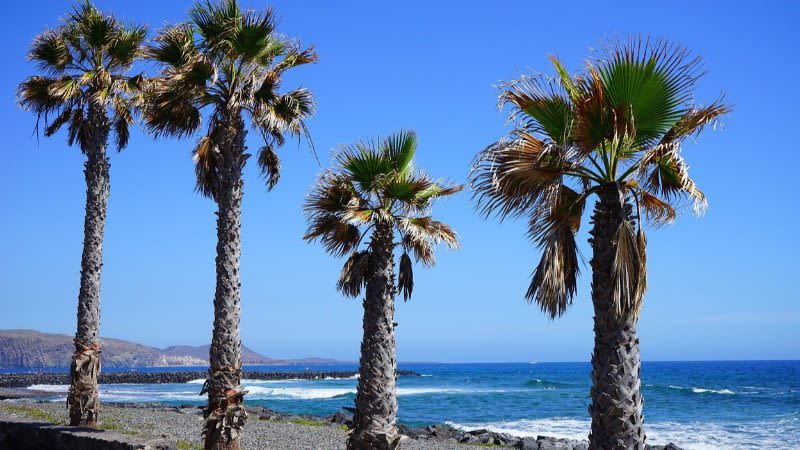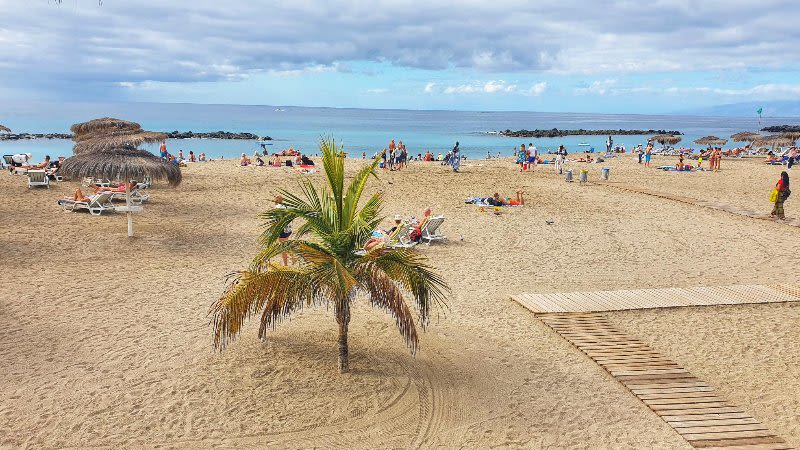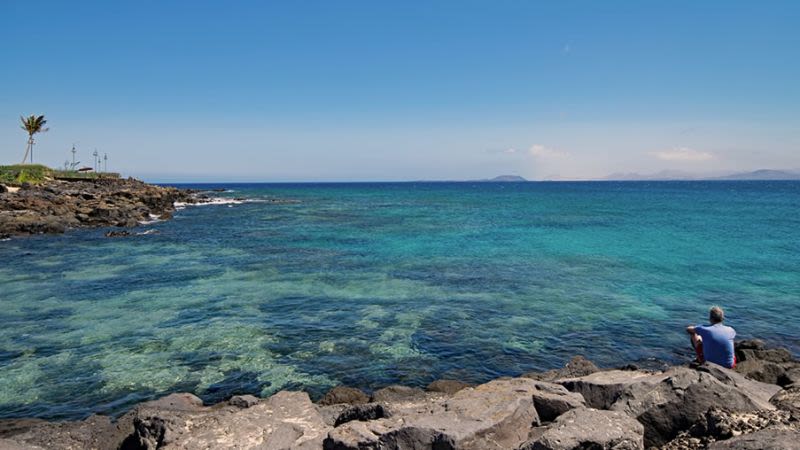Jellyfish in the Canary Islands
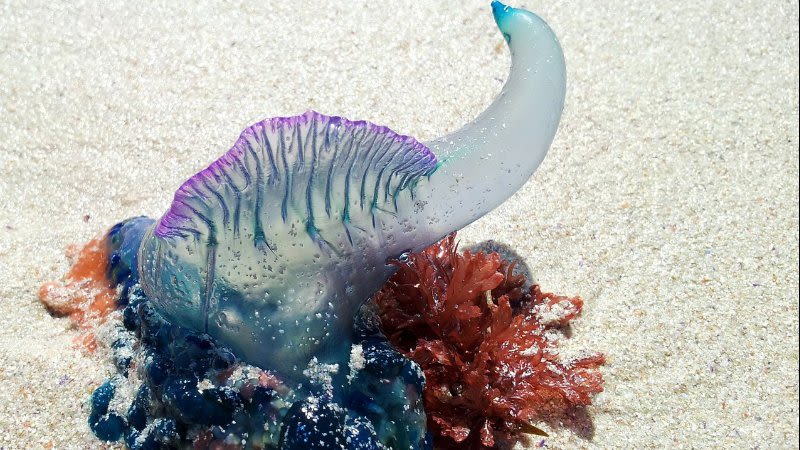
Did you know that there are over several thousand species of jellyfish known in the world right now? However, you can rest assured when planning a holiday to the Canary Islands, because there aren't that many species of jellyfish found in the waters around the archipelago.
Are there many jellyfish around the Canary Islands?
So are there many jellyfish in Tenerife? How about jellyfish in Gran Canaria or in Lanzarote and Fuerteventura, which is where most of the tourists visiting the archipelago spend their holidays?
The short answer is no. There aren't that many jellyfish in the Canaries.
The chances of encountering jellyfish while swimming in the ocean while in the Canary Islands are very slim.
This depends on the season and other factors, so one important thing to keep in mind is to look for the warning flags, which are anchored on the beaches to let people know that jellyfish have been spotted.
The most dangerous type of jellyfish that you can encounter in Tenerife, Lanzarote, Fuerteventura, Gran Canaria and the rest of the Canaries is the Portugues man o'war, a type of jellyfish that you can see in the photo at the start of this article, which has a painful sting that can cause neurological damage, that could lead to drowning.
These types of jellyfish are not present in the waters around the Canary Islands all the time and when they do appear, they are usually only seen on certain parts of the coast, where you'll see notices about this fact to let you know and to prevent you from getting into the sea when these jellyfish are present.
You shouldn't worry too much about being stung by jellyfish while in Tenerife or any other of the Canary Islands. However, it is always good to be informed, so you can read below more info regarding the types of jellyfish that you can encounter while on holiday in Gran Canaria, Fuerteventura, Lanzarote, Tenerife, La Palma, La Gomera, El Hierro and La Graciosa.
Types of jellyfish in the Canary Islands
Pelagia noctiluca - Luminescent jellyfish
Dangerous species
Very common in the open water around the Canary Islands. Approaches the coastline especially during the summer.
Contact with it in water is difficult to prevent due to its transparency and long and thin tentacles, which can remain attached to the skin. They have a
quite active poison, which causes a burning sensation and intense pain, which may leave open wounds susceptible to infection. Systemic symptoms are rare.
Chrysaora hysoscella - Aquamar jellyfish
Dangerous species
Relatively frequent in the Mediterranean Sea and in the Atlantic. S
Their bites are initially itchy and burning and immediately afterward
erythematous lesions and edema appears, producing hives that may take
time to disappear.
Aurelia aurita - Common jellyfish
Non-dangerous
Limited numbers around the Canary Islands. It is more abundant in coastal areas and lagoons such as the Mar Menor, but also in fjords and bays closed with contributions from continental waters.
The injuries it causes are very painless.
Rhizostoma - Sea lung
Dangerous species
Mediterranean and Atlantic species that frequent the coasts from the end of the
spring to fall. Can be seen in solitary or in swarms.
Although it does not produce serious dermatological conditions, it can cause irritation, accompanied by stinging or itching. The effects are more severe in sensitive areas like eyelids.
Cotylorhiza tuberculata - Jellyfish egg
Non-dangerous
Common throughout the Mediterranean during summer and autumn.
The ability to produce sting is limited, in part due to the short length
of its tentacles; when it occurs, the effects are very mild, not going beyond irritation of skin and itching. Unless there is an allergic reaction, it does not require medical attention
Phyllorhiza punctata - Jellyfish with white polka dots
Non-dangerous
Species typical of the Indian Ocean, very invasive, its main danger is the imbalance that it produces in the ecosystems.
Its sting is not considered dangerous.
Physalia physalis - Portuguese man o'war
MOST DANGEROUS SPECIES OF JELLYFISH IN THE CANARY ISLANDS
Pelagic species of jellyfish that prefer warm waters and that move at the mercy of the currents. It is typical in the temperate waters of the Atlantic but also
is occasionally observed in the waters of the Mediterranean.
Contact with its tentacles can have very serious consequences for the
appearance of systemic symptoms: gastrointestinal, neurological, muscular and cardiorespiratory, with the consequent danger of drowning. Their sting can
produce burning, intense pain and lacerations on the skin, being common for the
tentacles to remain attached to the skin.
Velella Velella - Sailor jellyfish
Non-dangerous
It is a surface pelagic species that forms large swarms, appearing more
frequently during spring.
Nematocysts do not have the ability to penetrate the skin, but they can cause
problems if they come into contact with the eyes or mouth.
Porpita porpita - Blue button
Non-dangerous
This surface hydrozoan is easy to identify, although it is a species of jellyfish very uncommon in the Canary Islands.
Its sting is not very painful but it can cause skin irritation.
What you should know in case you get stung by a jellyfish
What it's important to know about jellyfish stings is that the most common manifestations are usually not serious and they only involve local reactions like edema.
According to a guideline published by the Canary Islands Government, this is what you should know in case you get stung - In addition to the factors linked to each species of jellyfish, the final toxic effect will depend on the circumstances of the contact and of the person who was bitten.
- The body area that is affected: the thickness of the skin is a determining factor, since the
finer surface areas (lips, eyelids, eyes, mucous membranes), are more susceptible to
receive the discharge of poison. - Time and surface of contact with the jellyfish, related to the amount of toxin
injected: the tentacles of some species can become attached to the body,
so that the movements or rubs that made in order to remove them will only
aggravate or extend the injured surface - Age and weight of the person. Children are more susceptible than adults to suffer from
the effects of bites due to having thinner skin, smaller body size, lower body volume,
which implies a higher concentration of poison in the blood. The elderly are also a
at-risk group. - Health status of the person: allergic, cardiovascular, or asthmatic history.
- Previous exposures to the poison: people who have suffered previous stings can
become sensitized, so a second bite could cause a reaction more severe and prolonged.
SEE ALSO


